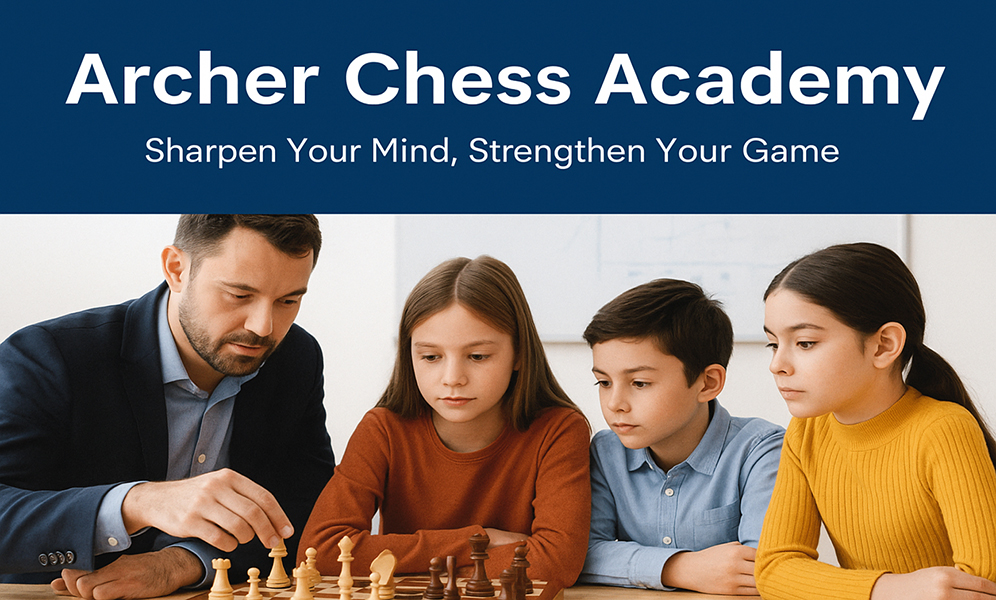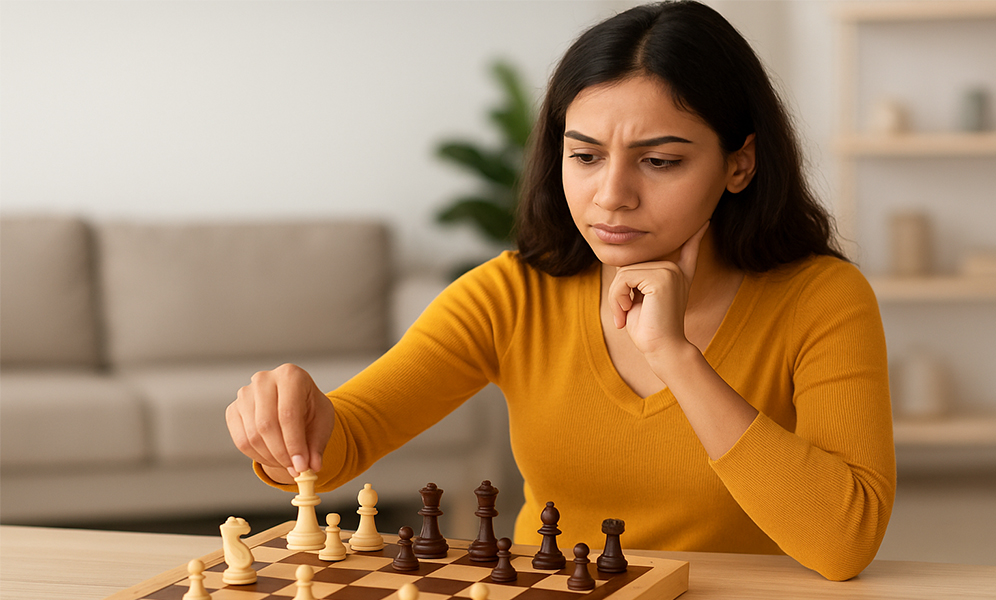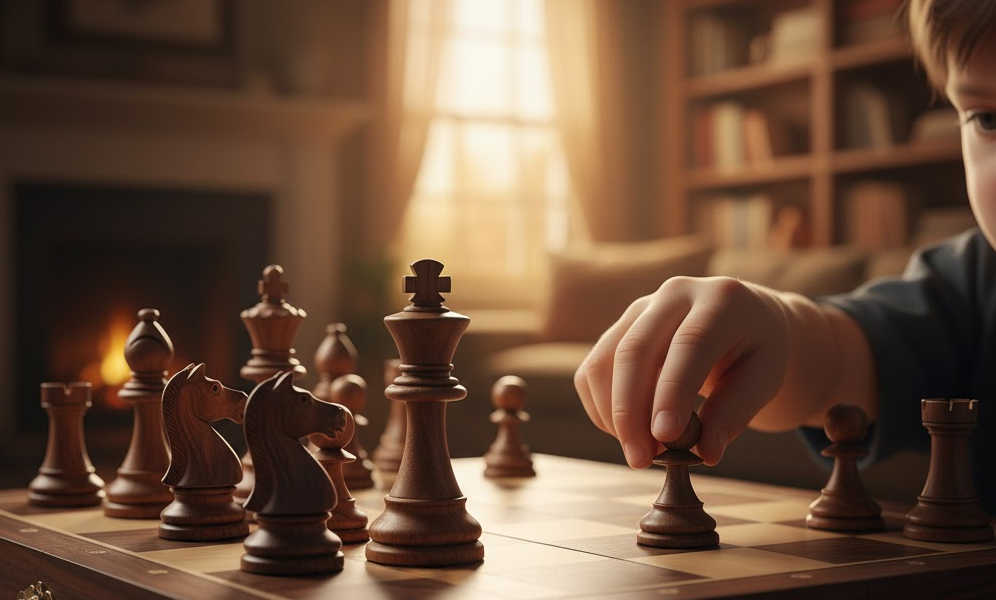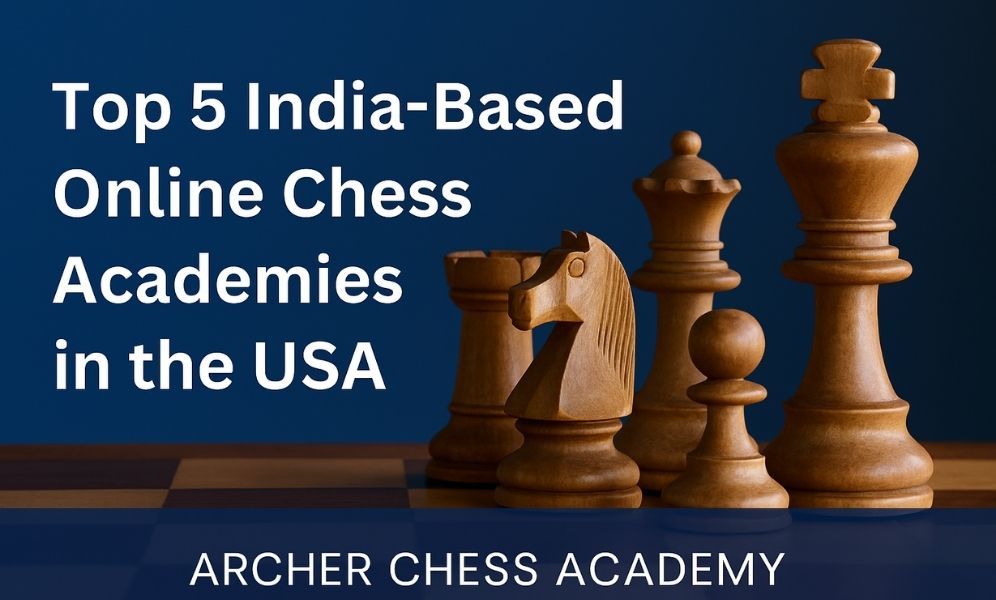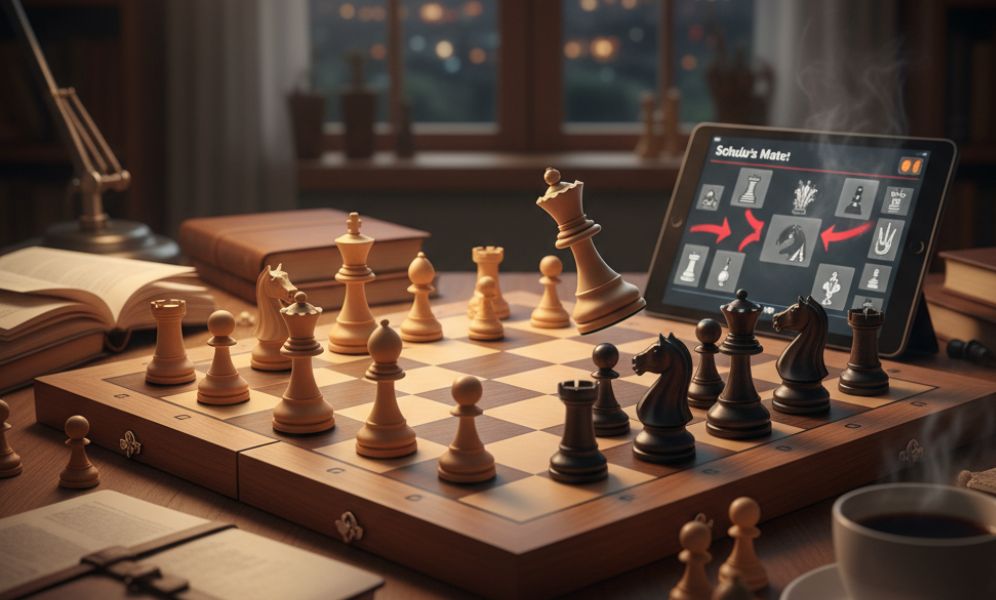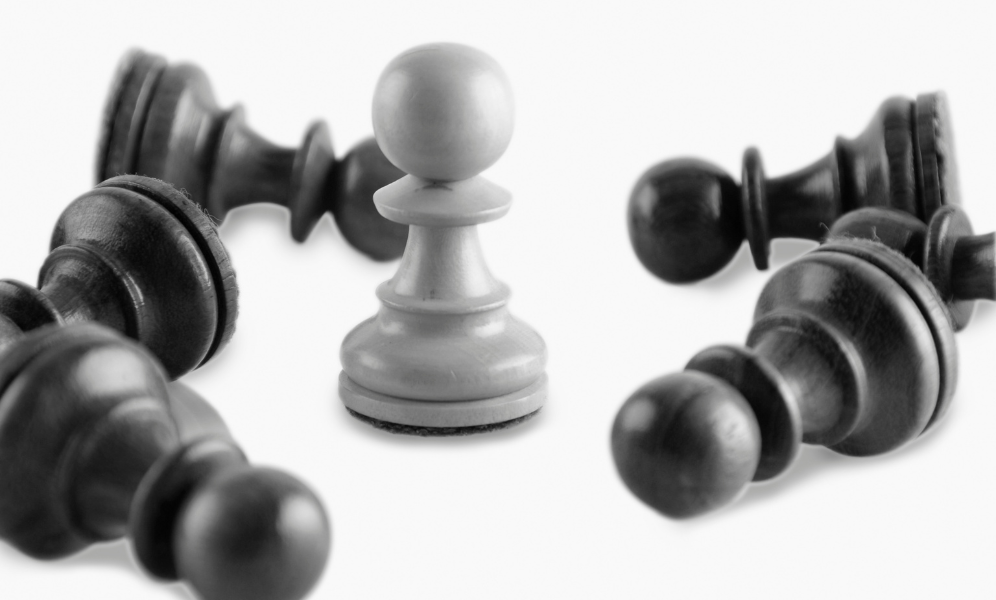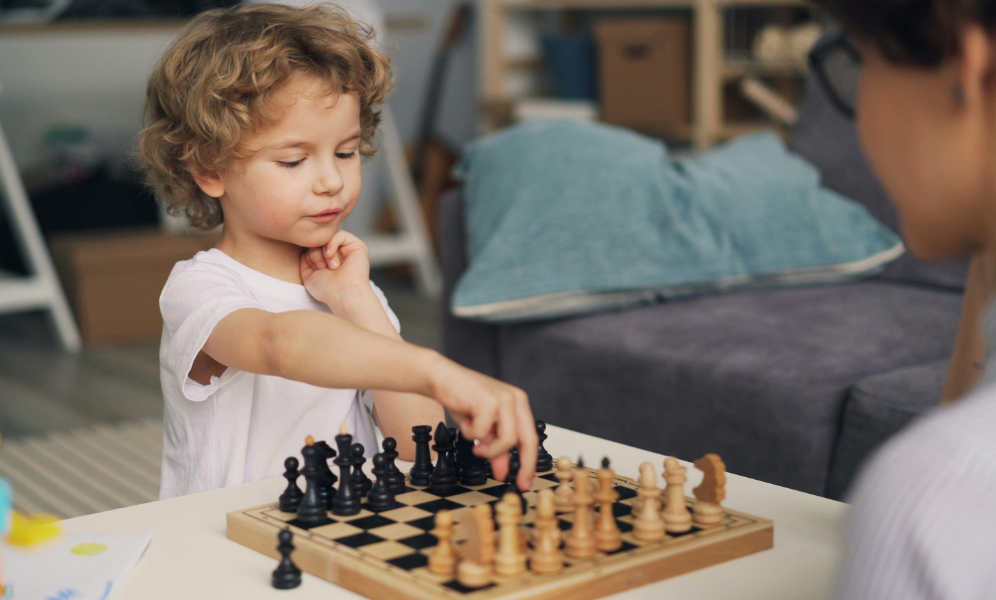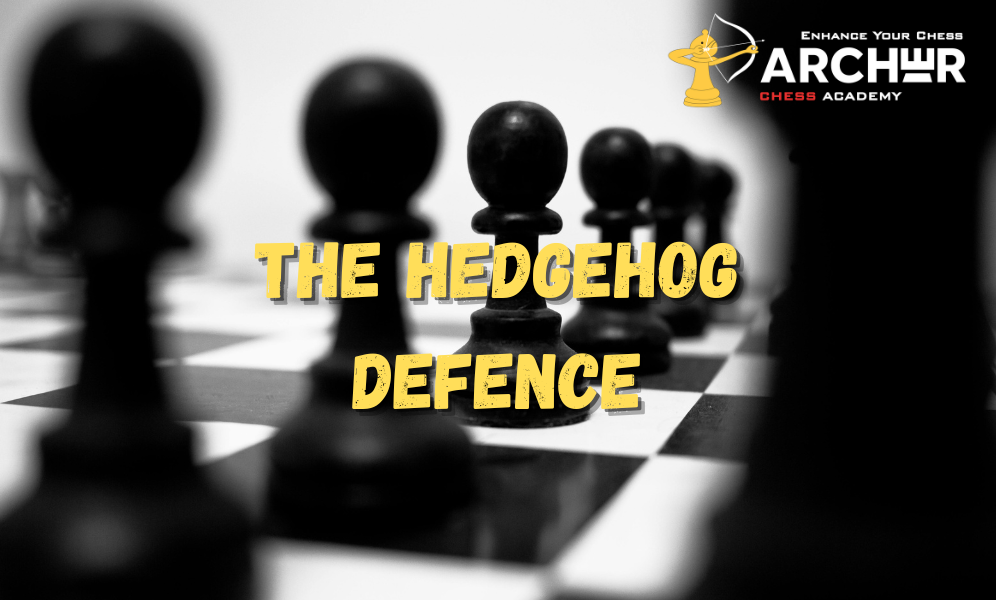What Is the Rubinstein Trap?
The Rubinstein Trap is a tactical motif that arises in certain openings, especially the Queen’s Gambit Declined. Named after Akiba Rubinstein, it punishes players who push pawns recklessly and neglect piece development — leading to a sudden loss of material or checkmate threats.
At Archer Chess Academy, we teach this trap to help kids recognize overextension and turn it into a winning opportunity.
Why Kids Should Learn the Rubinstein Trap
-
Demonstrates Punishing Inaccuracy: Shows how bad pawn moves can collapse a position.
-
Teaches Control of the Center: Emphasizes why central squares must be respected.
-
Sharpens Tactical Awareness: Builds calculation skills in pawn-heavy positions.
Where It Happens
One common example occurs in the Queen’s Gambit Declined:
-
d4 d5
-
c4 e6
-
Nc3 Nf6
-
Bg5 Be7
-
e3 O-O
-
Nf3 Nbd7
-
Rc1 c6
-
Bd3 dxc4??
-
Bxc4 Nd5?
-
Bxe7 Qxe7
-
Nxd5 exd5
-
Bxd5! cxd5
-
Rc7 — Black loses the queen.
While complex, the lesson is clear: misplaced pawns and poor coordination are exploitable.
How Archer Chess Academy Makes It Memorable
In our online chess classes for kids, we:
-
Explain Rubinstein’s brilliant games step-by-step
-
Create puzzles to spot this trap in different positions
-
Show students how to punish opponents who overextend in the center
A Lesson in Patience and Punishment
The Rubinstein Trap teaches kids that waiting for the right moment can lead to devastating tactical payoffs. At Archer Chess Academy, we make such traps part of a broader strategic understanding.


